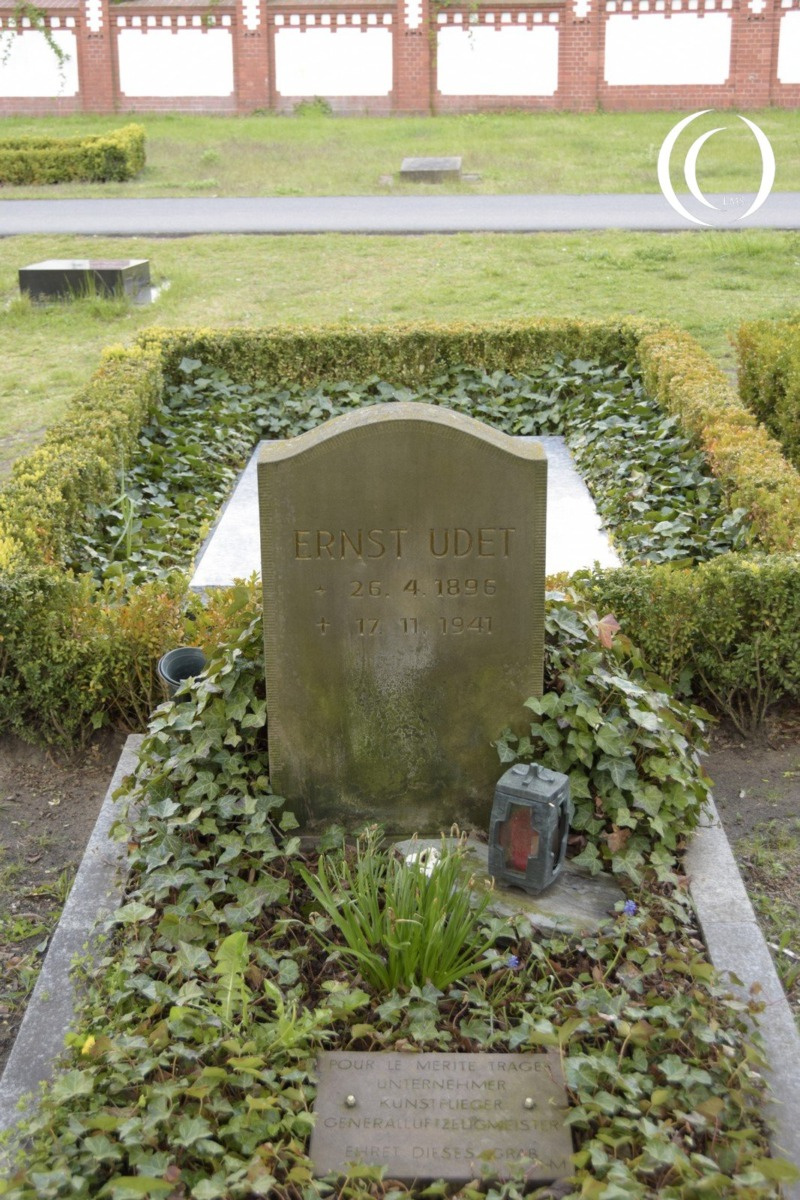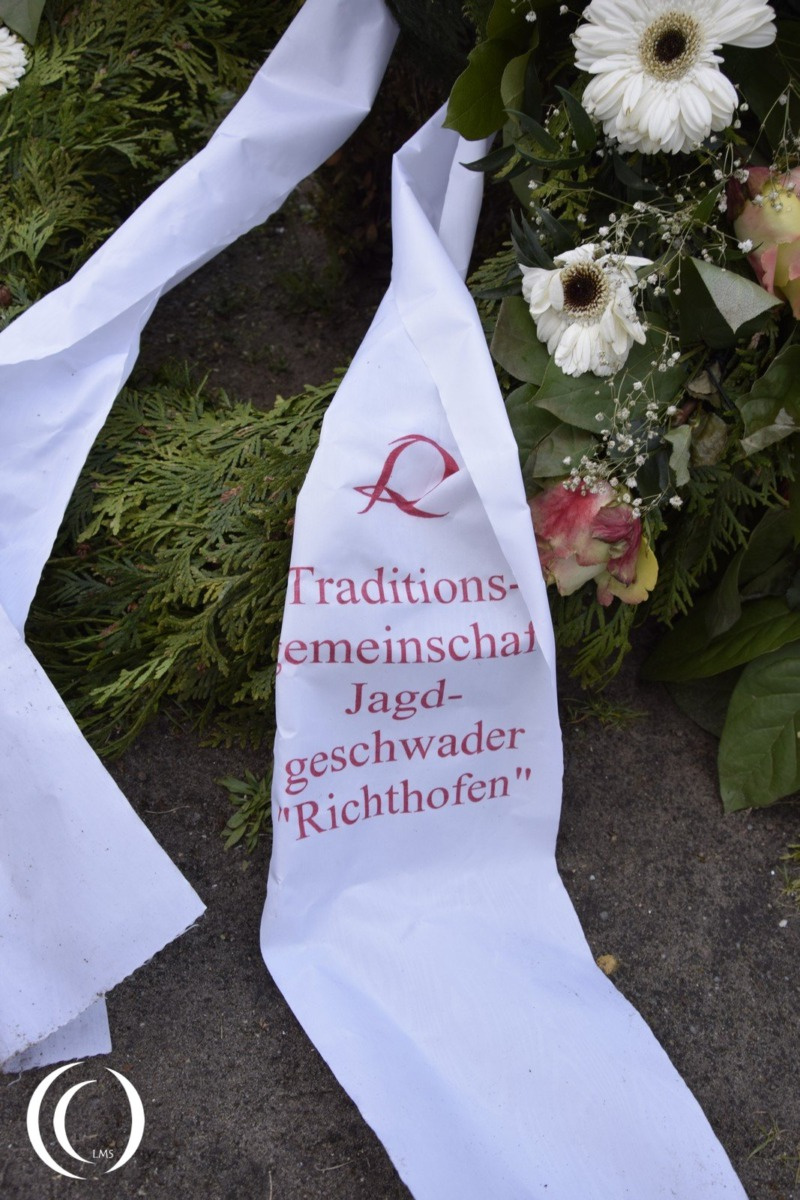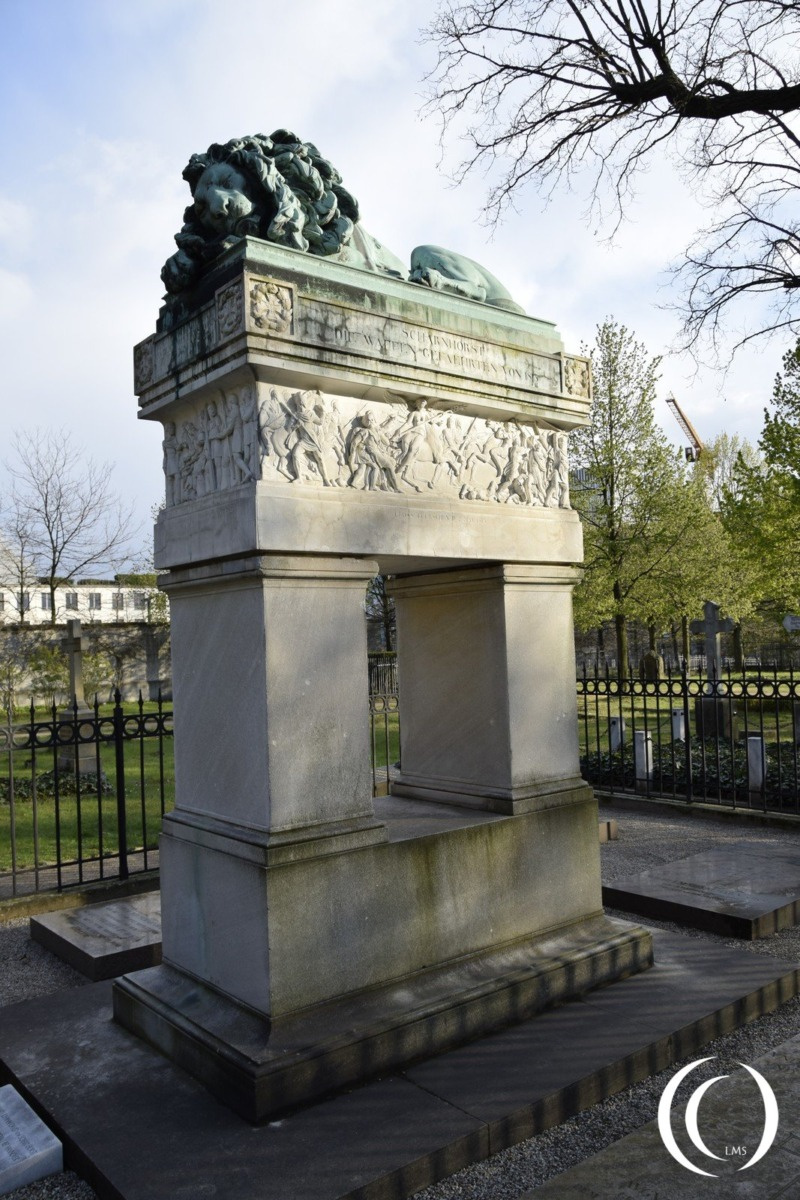
The invalidenfriedhof, or Cimetière des Invalides and the Invalids’ Cemetery in Berlin is a historic cemetery with deep ties to Prussian military history. Situated in the Tiergarten district, it was established in the late 18th century as a burial ground for military personnel, particularly those who had fought in significant wars, such as the Wars of Liberation against Napoleon. The cemetery’s name draws inspiration from the Hôtel des Invalides in Paris, a complex initially created as a hospital for wounded soldiers, further emphasizing the cemetery’s connection to the care and memorialization of military veterans.
The establishment of the cemetery marked a period in Prussian history where military valor and sacrifice were revered. The Cimetière des Invalides was initially intended to honor the soldiers of the Prussian army, especially those who had been injured in battle, and later, it expanded to include veterans who had made significant contributions to the country’s military efforts. During its early years, the cemetery was a place where prominent military figures were buried, including generals, officers, and veterans of the Napoleonic Wars and the German Wars of Unification in the mid-19th century.

The design of the cemetery reflects the solemnity and reverence for those who served in the military. It features a series of neatly arranged graves, often marked with simple gravestones or military monuments, and some graves are distinguished by statues and plaques commemorating the deceased’s service. These markers are often minimalistic, reflecting the pragmatic nature of military memorials, yet they serve as a lasting tribute to the individuals buried there.
The cemetery underwent changes throughout the 20th century, especially after the World Wars, as the scope of its memorialization grew to include those who died during World War I and World War II. In particular, it became a symbolic site of remembrance for soldiers who perished in these global conflicts, as the cemetery took on a more nationalistic tone in response to the devastation of these wars. After World War II, the cemetery became a place of reflection for both German soldiers and individuals from countries affected by the wars. Several high-profile figures from the Third Reich era and postwar period are also buried there, and these graves serve as a reminder of the complex military history of Germany.


In the modern day, the Cimetière des Invalides remains an important historical site, reflecting Germany’s military history and the legacy of the Prussian Empire. Though its original function was to honor Prussian soldiers, it has since evolved into a site for all who served and sacrificed in Germany’s military past. The cemetery is a peaceful place of reflection, and its proximity to central Berlin makes it a meaningful landmark for visitors interested in the complex military history of the nation.
The cemetery is also used for memorial services, especially on dates that commemorate military sacrifices. Its location and historical significance continue to make it a key site for remembering Germany’s complex military heritage, serving as a symbol of both honor and remembrance.
Ernst Udet – German Aviator


Ernst Udet (1896–1941) was a renowned German aviator and one of the most decorated fighter pilots during World War I. He is remembered not only for his accomplishments as a combat pilot but also for his significant role in the development of the Luftwaffe during World War II. Udet joined the German Air Service (Luftstreitkräfte) during World War I and quickly rose to prominence. By the end of the war, he had achieved 20 confirmed kills, establishing himself as one of Germany’s leading aces. Known for his exceptional flying skills and aggressive tactics, Udet became one of the most famous aviators of his time. He was awarded the Pour le Mérite, Germany’s highest military honor, for his wartime achievements.
After the war, Udet’s career took a different turn. He joined the German Reichswehr and, later, the Luftwaffe as the Nazi regime began rearming Germany in the 1930s. Udet was one of the key figures in the rebuilding of the German air force, becoming the Director of Aviation and later the Luftwaffe’s Chief of Material Procurement. He was instrumental in the development of the Messerschmitt Bf 109 and other key aircraft that would be used by Germany during World War II.

However, Udet’s career in the Luftwaffe became increasingly tumultuous. As an enthusiastic supporter of aviation, he often clashed with other officers and the Nazi leadership over strategic decisions and aircraft procurement. Udet struggled with immense stress, and his professional dissatisfaction contributed to his tragic suicide in 1941. Despite his controversial end, Udet’s legacy as a pioneering pilot and aviation advocate remains an integral part of German military history.
Manfred von Richthofen – the Red Baron

Manfred von Richthofen, known as the Red Baron, was a German fighter pilot during World War I and is widely regarded as the greatest ace of the war. Born in 1892, Richthofen initially served as a cavalry officer before transferring to the Luftstreitkräfte (German Air Service) in 1915. His early combat missions were in reconnaissance, but his transition to aerial combat in 1916 marked the beginning of his legendary career as a fighter pilot. By the end of World War I, Richthofen had 80 confirmed kills, making him the top-scoring fighter ace of the war.
Richthofen’s success in the air was due to his exceptional skill, tactical innovation, and precision. He was known for flying aggressively, often engaging in dogfights with multiple enemy aircraft. His tactics emphasized patience, carefully selecting his targets, and attacking from advantageous positions. Richthofen was also a key leader of the Jagdgeschwader 1 (Jasta 1), also known as the Flying Circus, an elite group of German pilots known for their skill and precision in combat.


Richthofen’s distinctive Fokker Dr.I triplane, painted bright red, became a symbol of his prowess, and the aircraft’s appearance on the battlefield was often enough to strike fear into enemy pilots. His reputation extended beyond Germany, as both Allied forces and the German military regarded him with deep respect.

Richthofen’s life ended on April 21, 1918, when he was shot down during a dogfight over France. His death, though controversial, marked the loss of a symbol of German aerial superiority. Today, Manfred von Richthofen is remembered not only for his impressive tally of kills but for his contributions to the tactics and strategies of aerial combat, which have had a lasting impact on military aviation.
His grave used to be on the Invalidenfriedhof but was relocated to Wiesbaden, Germany, in 1975. A commemorative wall was added in front of the remembrance stone in the cemetery in recent years.

Reinhard Heydrich
Reinhard Heydrich (1904–1942) was a high-ranking Nazi official and one of the key architects of the Holocaust. Serving as the Head of the Reich Security Main Office (RSHA), Heydrich played a pivotal role in organizing the Gestapo, the SS, and other security agencies under the Nazi regime. He was also a chief planner of the Final Solution, the systematic genocide of the Jewish population in Europe.
Heydrich was known for his ruthless efficiency, earning the nickname “The Butcher of Prague” for his brutal actions during his time as Protector of Bohemia and Moravia (modern-day Czech Republic). He was involved in the implementation of mass deportations and the execution of numerous civilians, including the infamous Lidice massacre in 1942, where the town was razed in retaliation for his assassination attempt.

In 1941, Heydrich chaired the Wannsee Conference, where Nazi leaders formalized plans for the extermination of the Jews. His leadership in the SS and the broader implementation of Nazi policies made him one of the most feared men in the Third Reich.
Heydrich’s life ended on June 4, 1942, when he was assassinated by Czech resistance operatives in Operation Anthropoid. His death was a significant blow to the Nazi regime, but his legacy of terror remains a critical chapter in the history of WWII atrocities. He lies in an unmarked grave, his marker removed after WW2.
Fritz Todt – Organisation todt
Fritz Todt (1891–1942) was a German civil engineer and senior Nazi official, best known for his role in the construction of the German military infrastructure during World War II. Todt joined the Nazi Party in 1932 and was appointed as the Reich Minister for Armaments and Munitions in 1940, where he played a key role in organizing and overseeing the production of armaments and military supplies essential for the German war effort.
One of his most notable achievements was overseeing the construction of the Westwall (also known as the Siegfried Line), a series of fortifications along the western border of Germany, designed to protect against invasion. Additionally, Todt was instrumental in the construction of the Autobahn highway system, which contributed to the mobility of the German military.

As head of the Organization Todt (OT), he was responsible for large-scale engineering projects throughout Europe, including the construction of airfields, roads, and bunkers. His organization also employed forced labor from occupied countries, including prisoners of war and concentration camp inmates.
Todt’s influence extended beyond engineering; he was considered one of Hitler’s most trusted aides. He died in a plane crash in 1942, but his legacy lived on through the extensive infrastructure projects he oversaw, which were critical to the German war machine during WWII. He lies in an unmarked grave, his marker removed after WW2.
General Gerhard von Scharnhorst
Gerhard von Scharnhorst (1755–1813) was a prominent Prussian general and military reformer, renowned for his innovative contributions to military strategy and tactics during the Napoleonic Wars. Serving in the Prussian Army, Scharnhorst played a pivotal role in the transformation of the military following the defeat of Prussia by Napoleon in 1806 at the Battle of Jena-Auerstedt.

Scharnhorst’s main contribution was his reform of the Prussian military system, which had been outdated and ineffective against Napoleon’s forces. As the head of the Prussian General Staff, he introduced a series of important reforms, such as the establishment of a reserve army, the training of professional officers, and the development of more flexible military tactics that emphasized speed, maneuverability, and decisive action over traditional mass formations. These reforms significantly modernized the Prussian army and set the foundation for its future victories.
Scharnhorst was instrumental in organizing the Prussian resistance during the War of the Sixth Coalition, especially in his role in the Battle of Leipzig (1813), where his strategies contributed to the eventual defeat of Napoleon. Tragically, Scharnhorst was severely wounded in battle and died shortly thereafter in 1813. His legacy, however, endured, influencing both German military doctrine and later generations of military strategists.
Werner Mölders
Werner Mölders (1913–1941) was a highly decorated German Luftwaffe pilot and one of the most successful aces of World War II. Known for his exceptional flying skills and leadership, Mölders achieved 115 confirmed kills during the early years of the war. He was a key figure in the Battle of France, Battle of Britain and Operation Barbarossa, contributing significantly to Germany’s aerial successes. In 1939, he became the first pilot to receive the Knight’s Cross of the Iron Cross with Oak Leaves, an honor awarded for extraordinary achievements in combat.

Mölders was not only a skilled combat pilot but also a leader within the Luftwaffe. He was promoted to Wing Commander (Geschwaderkommodore) and played an essential role in shaping Luftwaffe tactics and training. Tragically, Mölders died in a plane crash on November 22, 1941, while traveling to a meeting in Germany. His death marked the loss of one of Germany’s top aviation figures during WWII.
The Luftwaffe and the West German Bundeswehr both honoured Mölders by naming two fighter wings, a destroyer and a barracks after him. In 1998 the German Parliament decided that members of the Condor Legion such as Mölders should “no longer be honoured”. In 2005 the German Ministry of Defence decided to remove the name “Mölders” from the fighter wing still bearing his name.



Visit
Many other men of rank lie here from both world wars and before that during Napoleonic war etc. Walk around and see for yourself. Ons the Berlin wall ran through the cemetery, traces can still be seen today. The cemetery is open from April to September 07:00 – 19:00 and from Oktober – March from 09:00 – 16:00.